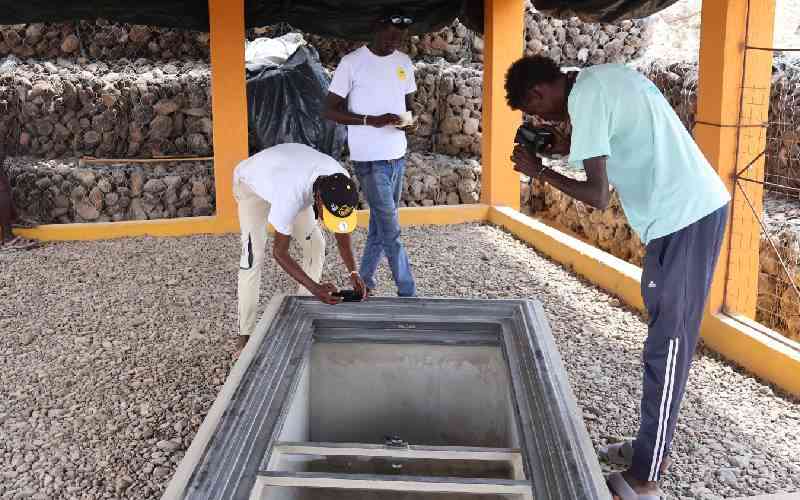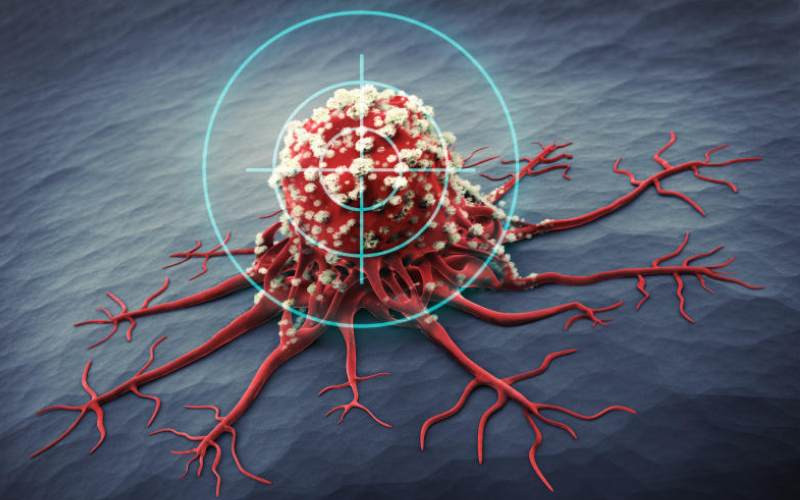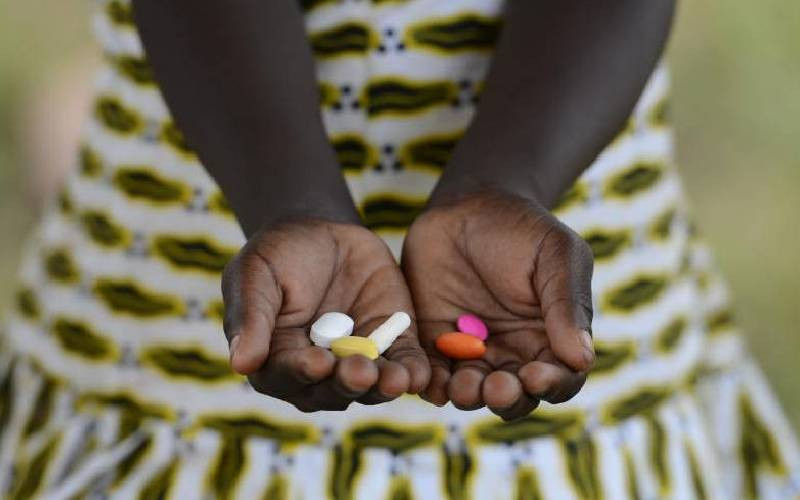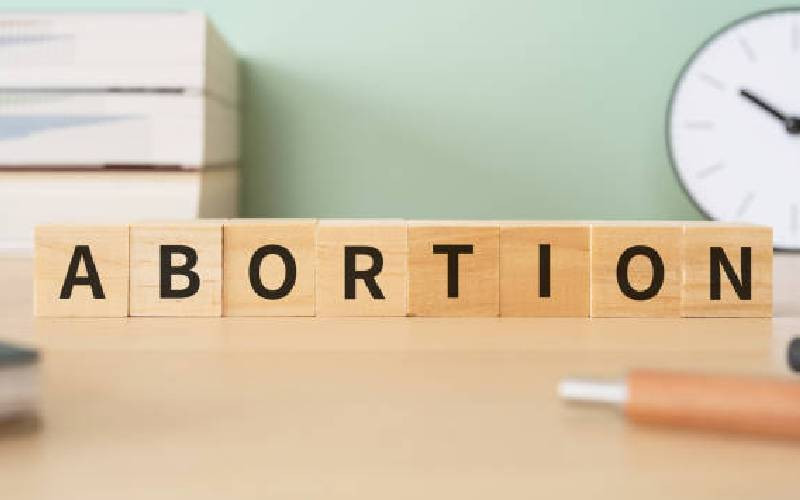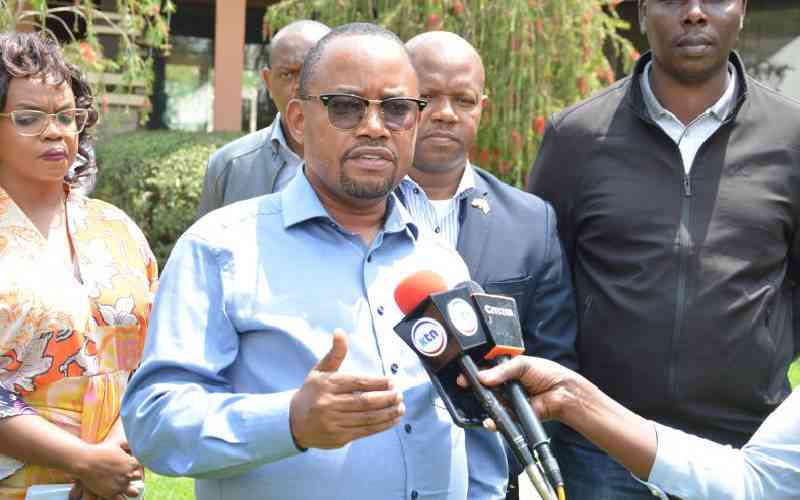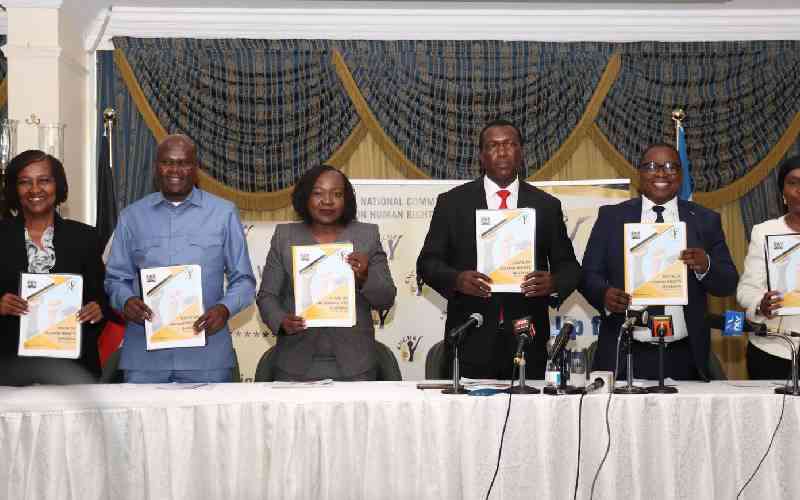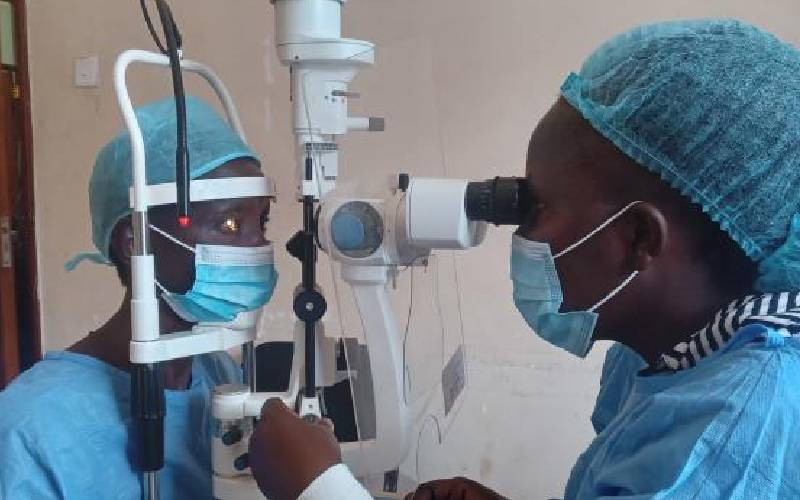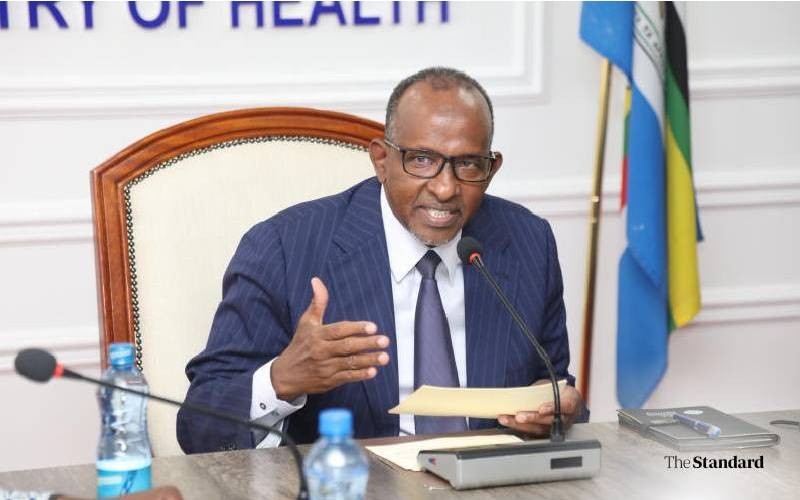
Major gaps persist in Kenya’s healthcare system even as the Ministry of Health unveils a new investment strategy aimed at strengthening services for mothers, newborns, children, and adolescents.
This move, officials say, will fast-track the country’s progress toward Universal Health Coverage (UHC) and economic transformation.
Health Cabinet Secretary Aden Duale announced the plan during the launch of three landmark reports in Nairobi: the Kenya Quality of Care and Human Resources for Health Assessment, the Service Availability and Readiness Assessment (SARA), and the Reproductive, Maternal, Newborn, Child and Adolescent Health and Nutrition (RMNCAH+N) Investment Case 2025/26–2029/30.
The reports, developed by the Ministry of Health in collaboration with county governments, private sector players, and development partners, present a comprehensive roadmap for improving Kenya’s healthcare delivery.
“Investing in quality healthcare is not just a moral obligation—it is an economic imperative,” said Duale.
“Healthy citizens are more productive and better equipped to contribute meaningfully to national development.”
He emphasised that quality healthcare sits at the heart of the Bottom-Up Economic Transformation Agenda (BETA), which envisions inclusive, people-centered development.
- Duale suspends all licenses, import clearances for nicotine products
- Ministry, governors clash over ghost workers in health payroll
- Kenya, Pfizer join forces to slash medicine costs
- Kenya's healthcare inequality persists as self-care, local production gain momentum
Keep Reading
According to Duale, every shilling invested in quality healthcare yields about sh12 in long-term economic productivity evidence that health is both a social and economic driver.
The Service Availability and Readiness Assessment surveyed 3,605 health facilities across Kenya’s 47 counties.
The findings revealed progress in the accessibility of outpatient, maternal, and child health services, but also highlighted persistent gaps in managing non-communicable diseases, cancer, mental health, and palliative care particularly in rural and lower-level facilities.
According to the report only 37 per cent of the 6,132 facilities offering delivery services met all seven signal functions required for Basic Emergency Obstetric and Newborn Care (BEmONC).
Similarly, less than half 46 per cent of Level 4 and 5 hospitals providing maternity services met all nine Comprehensive Emergency Obstetric and Newborn Care (CEmONC) standards.
While all Level 5 hospitals were fully compliant, only 44 per cent of Level 4 hospitals met the same benchmarks.
The report also flagged a worrying trend some lower-level facilities, mainly private, were conducting surgical and caesarean procedures beyond their approved capacity.
Reproductive, Maternal, Newborn, Child, and Adolescent Health (RMNCAH) remains a cornerstone of Kenya’s UHC agenda.
The newly launched RMNCAH+N Investment Case outlines a five-year roadmap to expand quality care across the continuum from pre-pregnancy and childbirth to adolescence.
The 2024 assessment showed child health services had the highest availability (90 per cent), while emergency obstetric and nutrition services were less accessible at 46 and 42 per cent respectively.
Only two in every ten health facilities offered all RMNCAH service components.
Family planning services were available in 85 per cent of facilities, with counseling being the most common 95 per cent.
However, surgical methods such as tubal ligation 41 per cent and vasectomy 21 per cent were least available. Readiness was highest in Level 5 hospitals 71 per cent and lowest in Level 2 facilities 49 per cent.
County disparities persist: Mandera and Wajir recorded the lowest availability of family planning tracer services at 35 and 38 per cent respectively, while counties like Kakamega, Homa Bay, Nakuru, and Kajiado performed best with readiness scores above 60 per cent.
Antenatal care (ANC) coverage also showed mixed results. Although 77 per cent of facilities offered ANC services, critical diagnostic tools such as obstetric ultrasound were available in less than one-fifth of facilities.
Kenya’s maternal and child health outcomes have steadily improved over the past two decades.
The maternal mortality ratio declined slightly from 362 deaths per 100,000 live births in 2014 to 355 in 2019, while stillbirths dropped from 23 to 15 deaths per 1,000 births by 2022/23.
Neonatal mortality also declined marginally from 22 deaths per 1,000 live births in 2014 to 21 in 2022 according to the Kenya Demographic and Health Survey (KDHS).
The country’s modern contraceptive prevalence rate (mCPR) stands at 57 per cent among married women, signaling progress in family planning uptake. However, unmet needs remain high, particularly among adolescents and women in rural and marginalised regions.
Adolescents continue to face significant challenges, including high rates of teenage pregnancy, mental health issues, and substance abuse.
Meanwhile, child nutrition has improved substantially, with stunting among children under five years dropping from 36 per cent in 2003 to 17.6 per cent in 2022. Still, micronutrient deficiencies remain a pressing concern, contributing to impaired child development and reduced productivity.
Gender-based violence (GBV) also continues to undermine health outcomes, with 16 percent of women and 10 per cent of men reporting having experienced physical violence, according to KDHS 2022.
The new RMNCAH+N Investment Case projects that Kenya will require Sh460 billion (US$3.54 billion) between 2025/26 and 2029/30 to expand quality health services for women, children, and adolescents.
Of this, maternal and newborn health will take the largest share over 40 per cent, followed by immunisation 18 per cent, child health 12 per cent, gender-based violence and gender equality response 8 per cent, and family planning 6.7 per cent.
More than 31 per cent of the budget will go toward strengthening human resources for health training, capacity building, and staffing while a significant portion will be spent on medicines, supplies, and vaccines.
However, a major funding gap remains. The Ministry of Health estimates that available resources will fall short by up to Sh53 billion annually by 2029/30 unless new financing mechanisms are adopted.
Despite this, Duale expressed optimism that the investments would be transformative.
“Over the next five years, Kenya’s investment in RMNCAH-N interventions could save nearly 28,000 child lives, 4,600 maternal lives, and prevent over 11,000 stillbirths,” he said.
“These are not just statistics they represent families preserved, communities strengthened, and a healthier, more productive nation.”
The projected Sh565 billion boost to GDP from these investments further underscores the economic value of a healthy population.
As Kenya scales up its efforts, Duale reaffirmed the government’s resolve to make health a shared national priority.
 The Standard Group Plc is a multi-media organization with investments in media
platforms spanning newspaper print
operations, television, radio broadcasting, digital and online services. The
Standard Group is recognized as a
leading multi-media house in Kenya with a key influence in matters of national
and international interest.
The Standard Group Plc is a multi-media organization with investments in media
platforms spanning newspaper print
operations, television, radio broadcasting, digital and online services. The
Standard Group is recognized as a
leading multi-media house in Kenya with a key influence in matters of national
and international interest.


